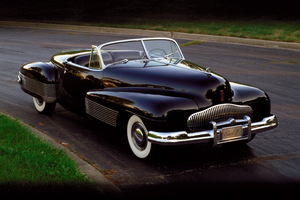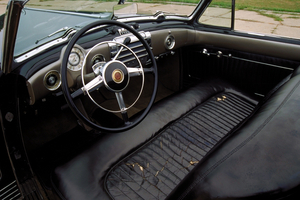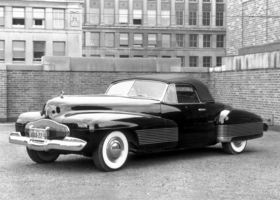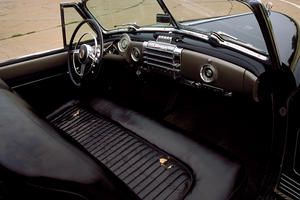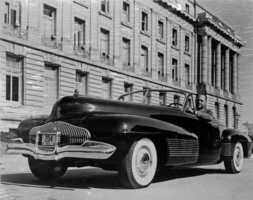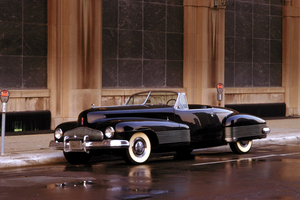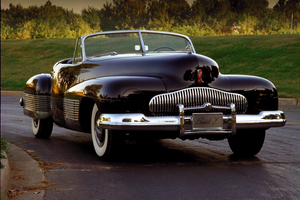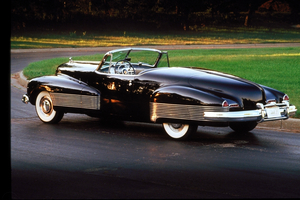|
Send this page to a friend! Fill in the form bellow | ||
news
The first Concept Car: Buick Y-Job
Today, it is virtually impossible to imagine any major event of the automobile industry without the presence of a show-stopping concept car. Used by the industry to present the latest technological innovations, new styling ideas and future visions, they have become an important tool to measure the public reaction to development ideas thought up behind closed doors. This measure then provides the basis to make the production decisions.
The concept car itself is not built to be mass-produced and some might never get past scale models or drawings. In order to meet the practical demands of customers in terms of usability, safety and cost, a concept car will be subject to significant modifications before entering mass production.
Some prototypes hence vanish after just on public appearance, while others may leave their imprint on whole generations of cars. This week we will introduce to you some of the most famous concept cars ever conceived. To begin with, we look back to the first of this kind: the Buick Y-Job Buick Y-JobUnited States of America, 1938 > 19385 photos
Buick Y-JobUnited States of America, 1938 > 19385 photos
.
The First Concept Car
The Buick Y-Job is widely recognized as the automotive industry's first concept car. At the time, GM GMUnited States of America, 1998 > present8 models
GMUnited States of America, 1998 > present8 models
240 photos
wanted to test consumer reaction to innovative design ideas, as Buick BuickUnited States of America, 1903 > present68 models
BuickUnited States of America, 1903 > present68 models
483 photos
1 video
models of the late 1920s had received some criticism and consequently suffered a drop in sales. Hence, Harley Earl, Chief Designer at Buick, conceived the concept car as perfect testing ground.
The show car itself was actually driven for a number of years by Harley Earl, and has over 25,000 miles on it. Only in 1951 he replaced it with a model car. After that, the car was restored at the Henry Ford Museum and in 1993 it was returned to the GM Design Center. After the restoration work that has been done on it, the car still shows the wear and tear from when Harley Earl drove it daily.
According to Earl, every new project was a job. However, why the car was named "Y", can not be known with perfect certainty today. There are two plausible explanations: Firstly, that experimental cars used to be called "X", so Earl simply went to the next letter in the alphabet. Secondly, that the "Y" was selected by Earl because it was used in the aviation industry denoting the most advanced prototypes.
The Y-Job was a collaborative effort within GM Design. Harley Earl, at the time GM Vice President of Design, was the driving force for the creation of the car in 1938. Earl had the idea and supervision, George Snyder developed the design idea and Buick Chief Engineer Charlie Chayne was responsibe for the modifications done on the production Buick Century chassis that provided the basis of the concept car.
Harley Earl also introduced the modern automotive design/styling studio. He understood the role style would play in the future of the automobile and founded the Art & Colour Section in GM. The group designed automobile icons such as the Chevrolet NomadChevrolet NomadUnited States of America, 1955 > 19722 versions
.
Legacy
The Y-Job is significant in several ways. Firstly of course for being the first concept car, introducing the idea as such to the automotive industry. While many one-off experimental cars had been made before, the Y-job was the first car built by a mass manufacturer for the sole purpose of determining the public's reaction to new design ideas.
Secondly, in terms of design the Y-Job has been highly significant by introducing the notion of an integrated design resulting in the sleek shapes that until today determine automobile design. In contrast to the previously rather square designs, the Y-Job's streamlined shape emphasized strong horizontal styling elements, integrated bumpers complemented the expansive bodywork. Styling cues of the Y-Job were used by Buick until the 1950s.
And thirdly, it introduced technological innovations such as electrically operated windows, flush door handles and a power-operated convertible top that was fully concealed by a steel boot when retracted. Special 13-inch diameter rims gave the Y-Job a low stance. The car also featured power-operated hidden headlamps.
The Buick Y-Job has influenced the models produced Buick and other manufacturers over decades, itself however remained a one-off custom car. Examples of its impact are the Cadillac Sixty Special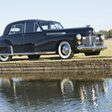 Cadillac Series 60United States of America, 1938 > 19721 serie
Cadillac Series 60United States of America, 1938 > 19721 serie
4 versions
35 photos
(rear fenders and the shape of the taillight lenses), and the 2001 Blackhawk Buick BlackhawkUnited States of America, 2001 > present3 photos
Buick BlackhawkUnited States of America, 2001 > present3 photos
with which Buick recreated the Y-job with modern advancements.
Encyclopedia | Engine Straight 8 Displacement -- Top Speed -- Transmission -- Maximum power 141 hp Type Convertible (cabrio) Fuel -- Fuel consumption (combined) -- | price -- annual ownership cost -- |
Contribute
more about Buick



latest news






